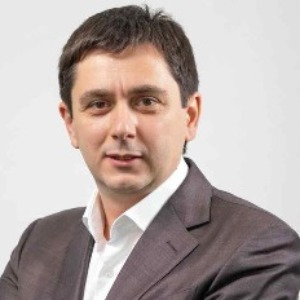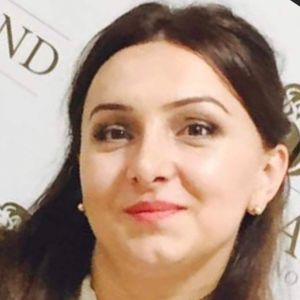Exogenous photodermatoses is a type of skin reaction, which is caused by exposure to ultraviolet (UV) light from an outside source, known as exogenous UV exposure. The most common exogenous photodermatoses is polymorphous light eruption, which is an exaggerated inflammatory response that occurs after exposure to sunlight, but may also manifest after exposure to visible light or photosensitizing medications. This painful skin condition is characterized by an itchy, red rash that appears anywhere on the body, including the hands, arms, legs, and face. Ultraviolet light is divided into UVA, UVB and UVC sub-bands. UVA is the most prevalent form of UV light and has an energy level too low to cause direct damage to DNA, but is believed to initiate skin reactions. UVB on the other hand has an energy level high enough to directly cause DNA damage. Both forms of UV light can induce exogenous photodermatoses. The diagnosis of exogenous photodermatoses includes a thorough patient history to include recent medications, travel history, and whether the patient deliberately exposed their skin to UV light sources such as solariums or tanning beds. A patch test is also conducted and biopsies of the photodermatoses can be taken if required. Treatment of this disorder is purely preventative. It involves avoiding UV exposure on abnormally-sensitized skin. Sunscreen with a high protection factor should be worn during the summer to avoid direct sunburn. Protective clothing and hats can also help to significantly reduce the risk of developing an exogenous photodermatosis flare-up. In extreme cases, photochemotherapy using PUVA (psoralen-uvatum a) therapy may be recommended, but this employs the same type of UV light which causes the skin reaction. It is important to be aware of exogenous photodermatoses and prevention is key. If these preventative measures fail and the rash appears, topical medications such as glucocorticoids and other anti-inflammatory therapies may be employed. Seeking prompt medical attention is important to avoid exacerbations of this condition.

Ravi M Rathod
KMCRI, India
Dechelette Corinne
La Peau Autrement, France
Irina Sergeeva
Novosibirsk State University, Russian Federation
George Sulamanidze
Plastic Surgeon at Clinic of Plastic and Aesthetic Surgery and Cosmetology TOTALCharm, Georgia
Nino Tsamalaidze
Ltd Karabadini+, Georgia
Lina Petrossian
California University of Science and Medicine, United States
Surajbala Khuraijam
Manipur Health Services, India
Shrutimita Pokhariyal
Symbio, India
Yasser Mohammed Hassanain Elsayed
Egyptian Ministry of Health, Egypt



Title : Paraneoplastic Autoimmune Multiorgan Syndrome or PAMS: Paraneoplastic pemphigus revisited
Sergei A Grando, University of California Irvine, United States
Title : Modern non-invasive methods for in vivo assessment of skin
Georgios N Stamatas, SGS, France
Title : Personalized and precision dermatology through the view of biodesign-inspired translational & data-driven applications: Revolutionary skin treatments for every concern in clinical dermatology integrating skin care experts and consumers
Sergey Suchkov, N.D. Zelinskii Institute for Organic Chemistry of the Russian Academy of Sciences, Russian Federation
Title : The next generation of threads: Lifting, volumization, and biostimulation in one powerful triple action
George Sulamanidze, Plastic Surgeon at Clinic of Plastic and Aesthetic Surgery and Cosmetology TOTALCharm, Georgia
Title : Lymphoproliferative diseases in the practice of a dermatologist
Irina Sergeeva, Novosibirsk State University, Russian Federation
Title : Art, skin, and dermatology: Interdisciplinary perspectives
Dechelette Corinne, La Peau Autrement, France
Title : Comparative efficacy of omalizumab and dupilumab in children with Chronic Spontaneous Urticaria (CSU): A retrospective cohort analysis
Molynna Nguyen, University of Toledo, United States
Title : "Mirror mirror on the skin” — A low-cost community strategy to reduce melanoma disparities in Washington, D.C.
Kayla Sampson, Georgetown University School of Medicine, United States
Title : Vitiligo: Not just an aesthetic disorder
Mateja Starbek Zorko, University Medical centre Ljubljana, Slovenia
Title : Personalized and Precision Medicine as a unique avenue to have the healthcare model renewed to secure the national biosafety: Advanced skincare solutions in individualized cosmetology, reconstructive plastic surgery and the modern beauty
Sergey Suchkov, N.D. Zelinskii Institute for Organic Chemistry of the Russian Academy of Sciences, Russian Federation